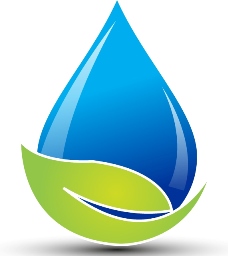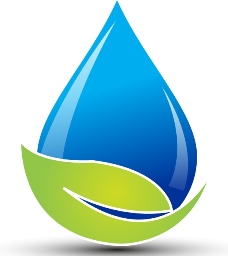Information
-
Forklift Operators Daily Checklist Conducted by:
-
Conducted on
-
Site/Location
Visual Checks
-
Tyers, wheels, rims not excessively worn, no punctures, Wheel nuts tight
-
Hydraulics – no fluid leaks, piston free of debris, fluid level checked
-
Forks & Carriage – no cracks, nothing stacked on top or impeding vision
-
Mast Chains & Rollers – clean, links intact, no excessive slack
-
ID Plate – visible & legible, lifting capacity enough to perform the designated task?
-
Battery – charged and in good condition, caps secure
-
Gas Tank – no leaks in connections, tank secured in designated position
-
Gauges – working properly
-
Fuel, transmission & engine coolant levels (Gas/Petrol/diesel-powered units)
-
Overhead guard – broken welds, missing bolts, or damaged areas?
-
Forks – cracked or bent, worn, mismatched, rated for the task at hand?
Operational Checks
-
Seat Belt working properly
-
Horn working properly
-
Brakes – brings machine to a complete stop; parking brake holds in fixed position
-
Backup-Alarm / Lights and hazard lights are they operational?
-
Accelerator – even acceleration, does not stick
-
Mast lift / tilt / shift
-
Mast lift / tilt / shift
-
Check Operating Manual (read if required)
-
Oil and Water (If present)







